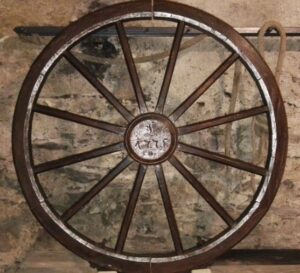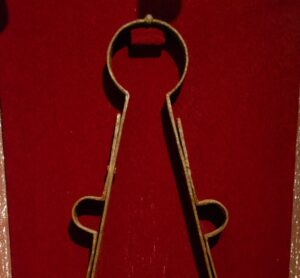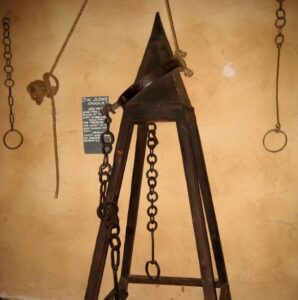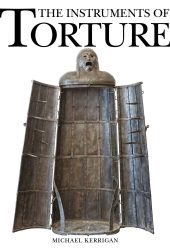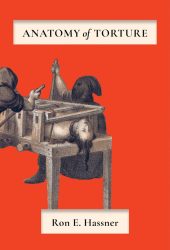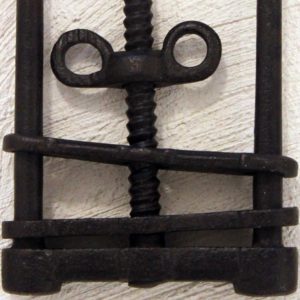
The thumbscrew, also known as the pilliwinks, pilliwinks press, or thumbkin, was a simple yet effective torture device used during the medieval period and beyond. It consisted of a metal screw mechanism with a flat, circular plate at one end and a handle at the other.
Despite its simplicity compared to other medieval torture devices, the thumb screw was highly effective in inflicting pain and suffering.
The Thumbscrew in Medieval Times
To use the thumbscrew, the torturer would place the victim’s thumb or fingers between the plate and the screw. Then, by turning the handle, the screw would be tightened, applying increasing pressure to the victim’s digit. This pressure would cause excruciating pain and could lead to the crushing or fracturing of bones in the thumb or fingers.
The thumb screw was often used as a means of coercion, punishment, or interrogation. Victims subjected to this torture might endure severe and lasting injuries, including mangled fingers or permanent disability.
Was the Thumbscrew Real?
Yes, the thumbscrew was indeed a real torture device used during medieval times and beyond. It was a simple yet effective tool for inflicting pain and coercion upon victims.
Historical records, including illustrations, writings, and accounts from the medieval period, provide evidence of the existence and use of the thumbscrew. Additionally, archaeological findings, such as remnants of thumbscrews or references to them in historical documents, further confirm their reality.
Examples of Real Thumbscrews:
Finger Pillories
Similar to the thumbscrew, finger pillories were devices used to immobilize and crush the fingers or thumbs of the victim. They consisted of two wooden blocks with holes or slots for inserting the fingers or thumbs, and a screw mechanism that would tighten, exerting pressure on the digits and causing intense pain.
Examples of Real Thumbscrews:
Toothed Racks
These were racks with toothed gears or rollers that would be used to stretch or crush various body parts, including the fingers and thumbs. By turning a handle or crank, the torturer could exert pressure on the victim’s digits, causing them to be crushed or dislocated.
Examples of Real Thumbscrews:
Chinese Finger Traps
While not strictly a torture device, Chinese finger traps were sometimes used as a form of restraint or punishment. These devices consisted of a woven tube that would tighten around the fingers when pulled, making it difficult or impossible for the victim to remove them without assistance.


